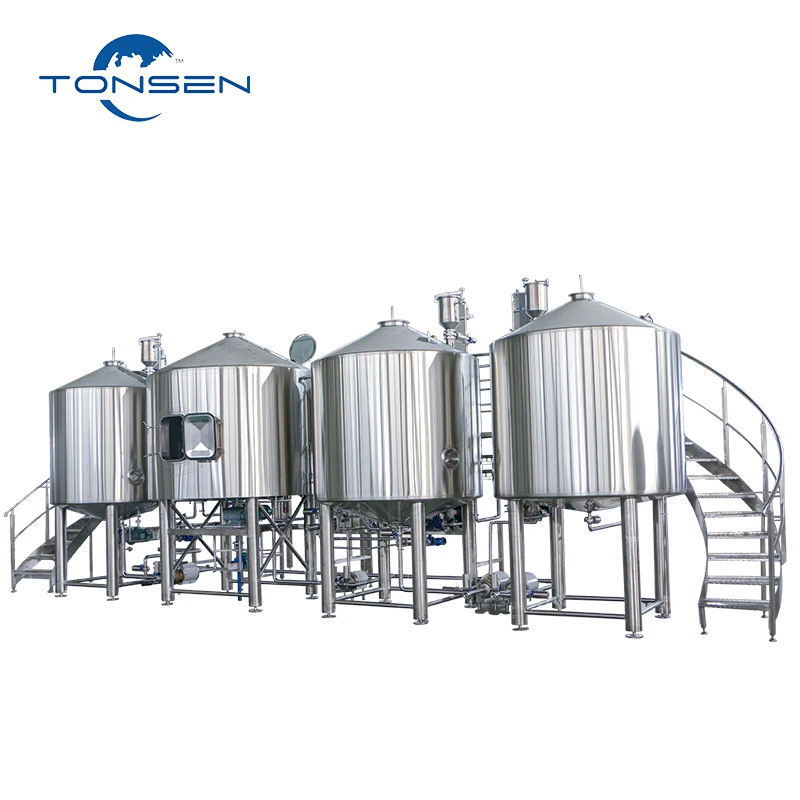
Selecting the right beer brewing equipment is a critical decision. Whether for home brewing or commercial production, it requires comprehensive consideration of multiple factors, including budget, output, space, and scalability.
1. Define Your Brewing Objectives
First, clarify your brewing purpose, which typically falls into three categories: home brewing, small – scale bar/restaurant brewing, and medium – to large – scale commercial brewery brewing.
- Home beer brewing equipment: It is easy to operate, takes up little space, and is affordable, making it ideal for beginners.
- Beer brewing equipment for small bars/restaurants: It can realize the whole process of mashing, fermentation, storage, and filling.
- Brewing equipment for medium – to large – scale breweries: It has high production efficiency and a high degree of automation, requiring professional installation and factory design.
2. Determine Brewing Scale and Production Capacity
The unit of brewing capacity is usually BBL (Barrel), with the conversion standard being 1 BBL = 117 liters ≈ 100 kilograms of beer.
- Common systems for small – scale breweries: 3BBL, 5BBL, 10BBL, and 20BBL.
- If you plan to open a craft beer bar or a restaurant brewery, you can start with a 3–10BBL system.
- If you are running a regional distribution – type brewery, you can start with a system of 20BBL or above.
- It is recommended to choose equipment one level larger than your current needs to leave room for future production expansion.
3. Equipment Configuration for Beer Brewing
The standard configuration of beer brewing equipment mainly includes the following parts:
- Mashing system
- Fermentation system
- CIP (Clean – In – Place) cleaning system
- Auxiliary equipment
4. Equipment Material and Process Requirements
- Stainless steel material: It is corrosion – resistant and easy to clean, which is the preferred material for brewing equipment.
- Welding and polishing quality: The internal welds should be smooth without dead corners, and the polishing grade should be ≥ 0.4μm.
- Temperature control system: Fermentation tanks must be equipped with cooling jackets and temperature control instruments.
- Degree of automation: You can choose manual, semi – automatic, or fully automatic control systems according to your budget.
5. Space and Layout Planning
- Determine the factory area:
- A 3BBL system requires a factory area of ≥ 100 square meters.
- A 10BBL system requires a factory area of ≥ 250 square meters.
- A 20BBL system requires a factory area of ≥ 400 square meters.
- Functional area division: Reserve spaces for the fermentation area, packaging area, raw material area, and cold storage area.
- Auxiliary system planning: Reasonably plan the drainage, power supply, and ventilation systems to ensure the normal operation of the brewing process.
Looking to set up a professional brewery? We can assist you in designing the entire system layout and provide a detailed quotation.
